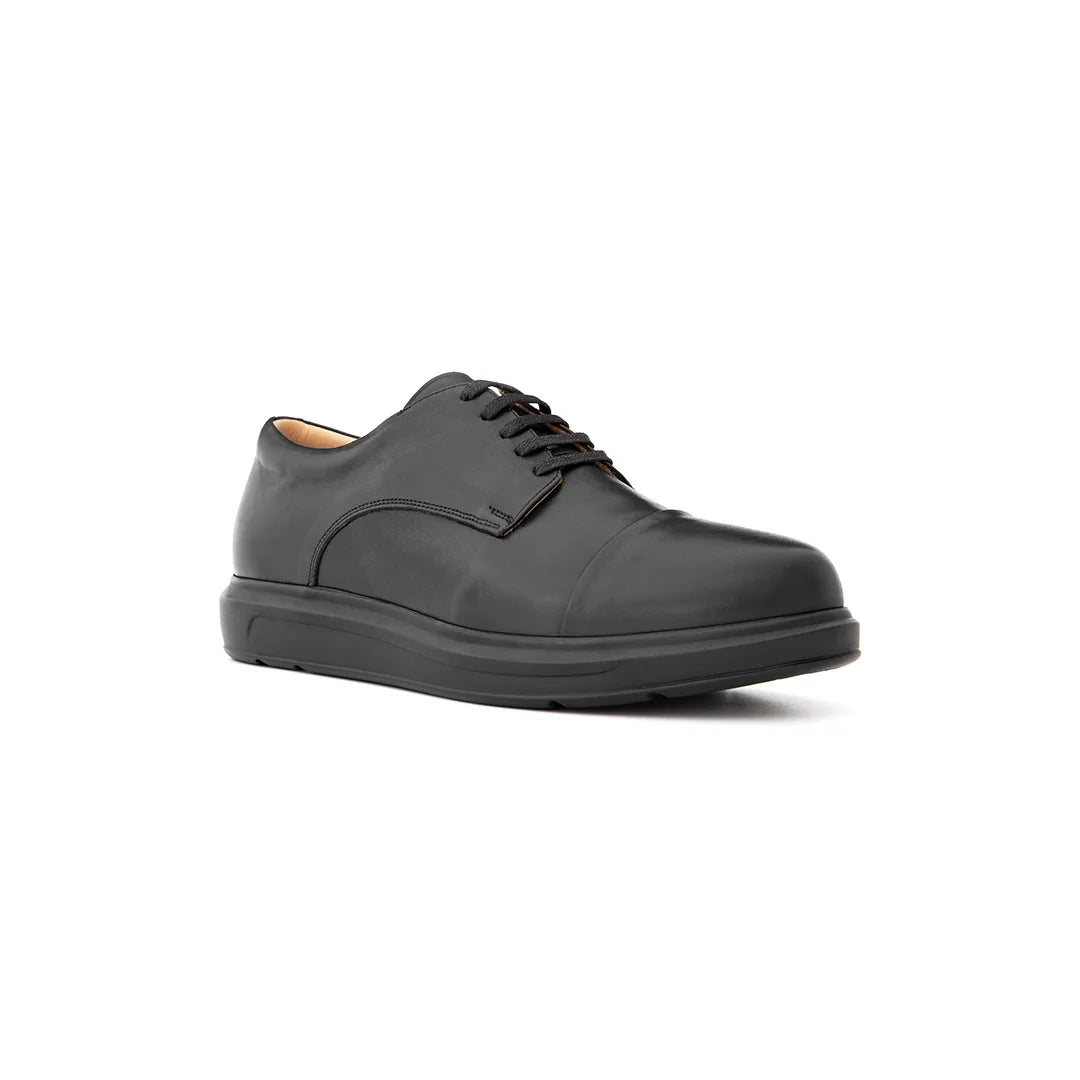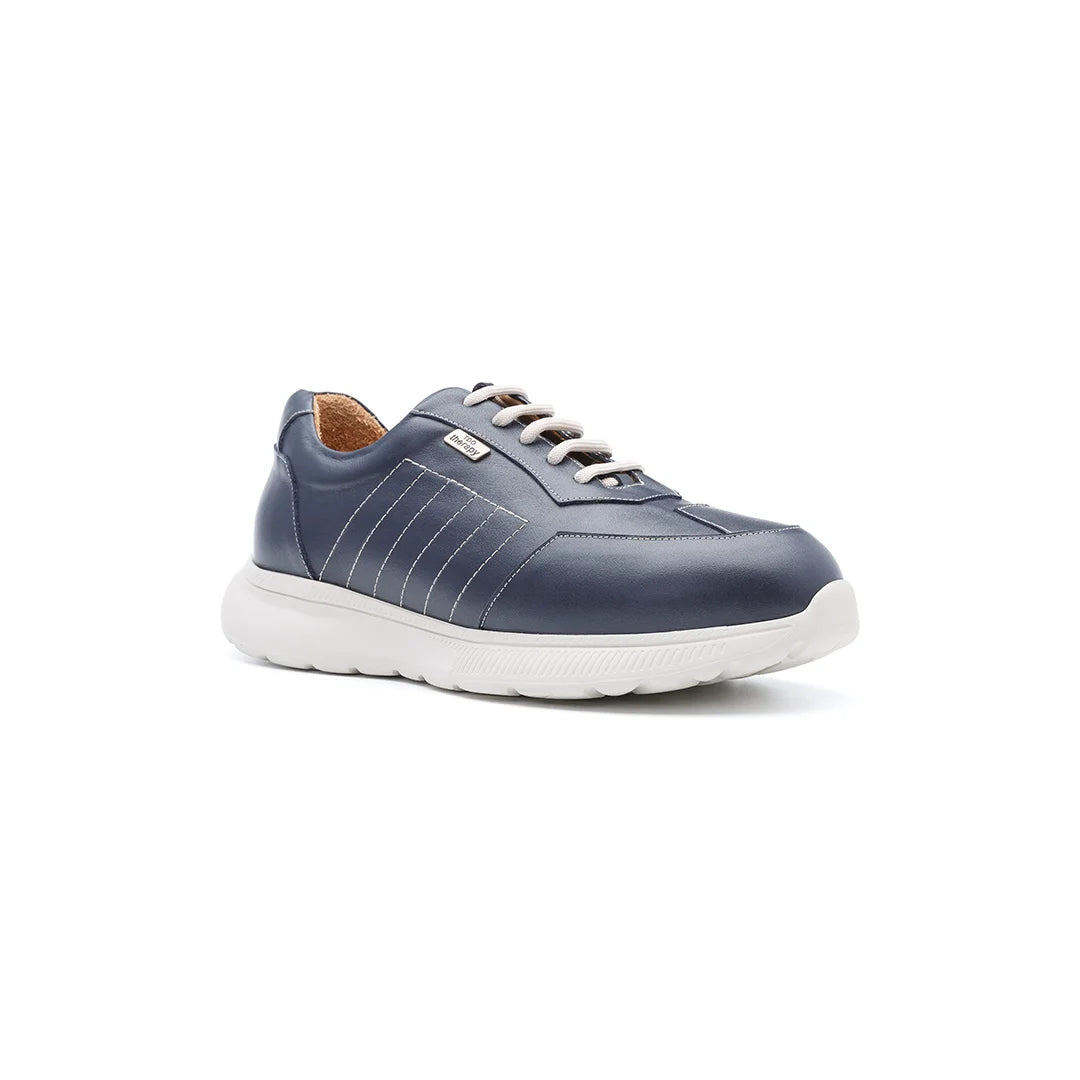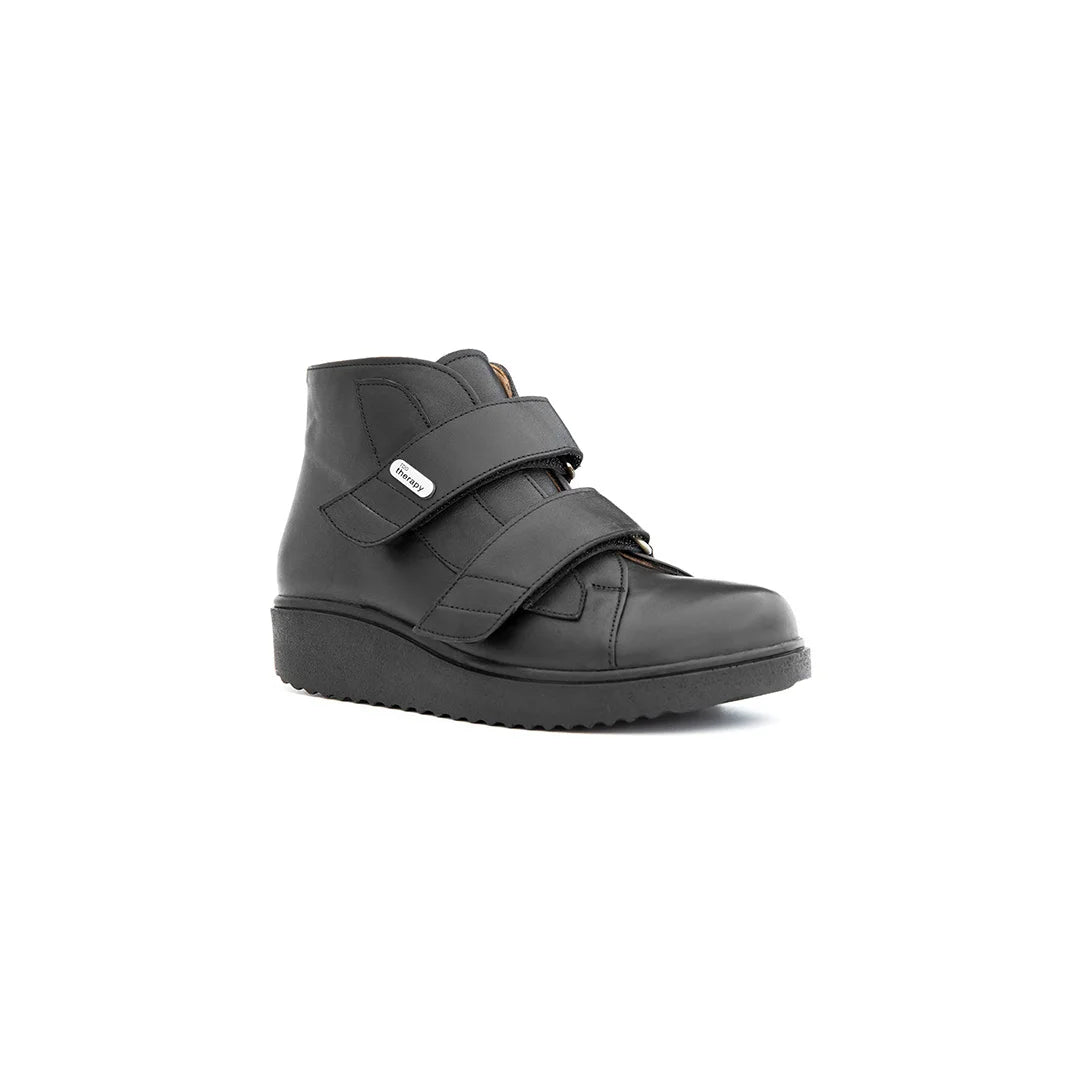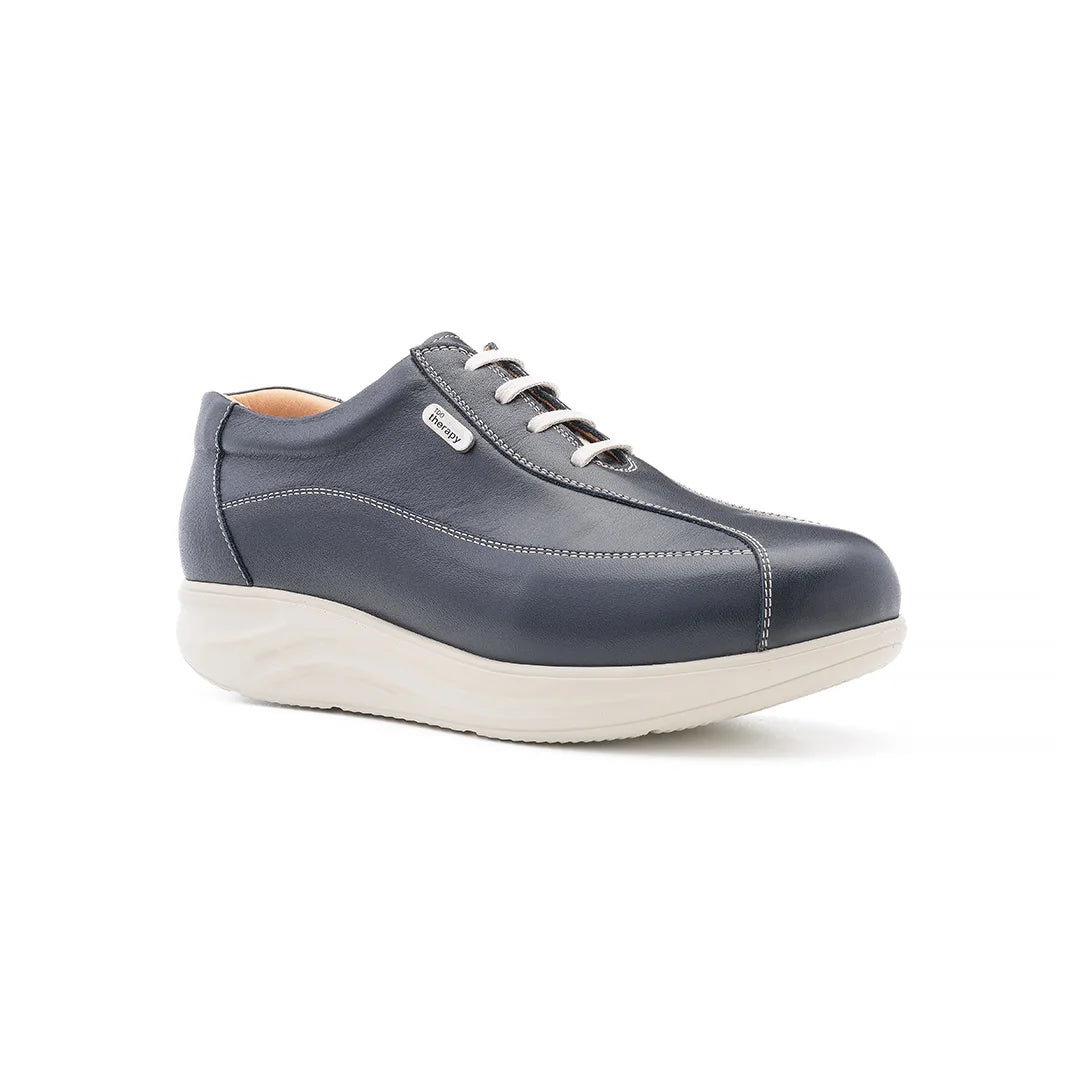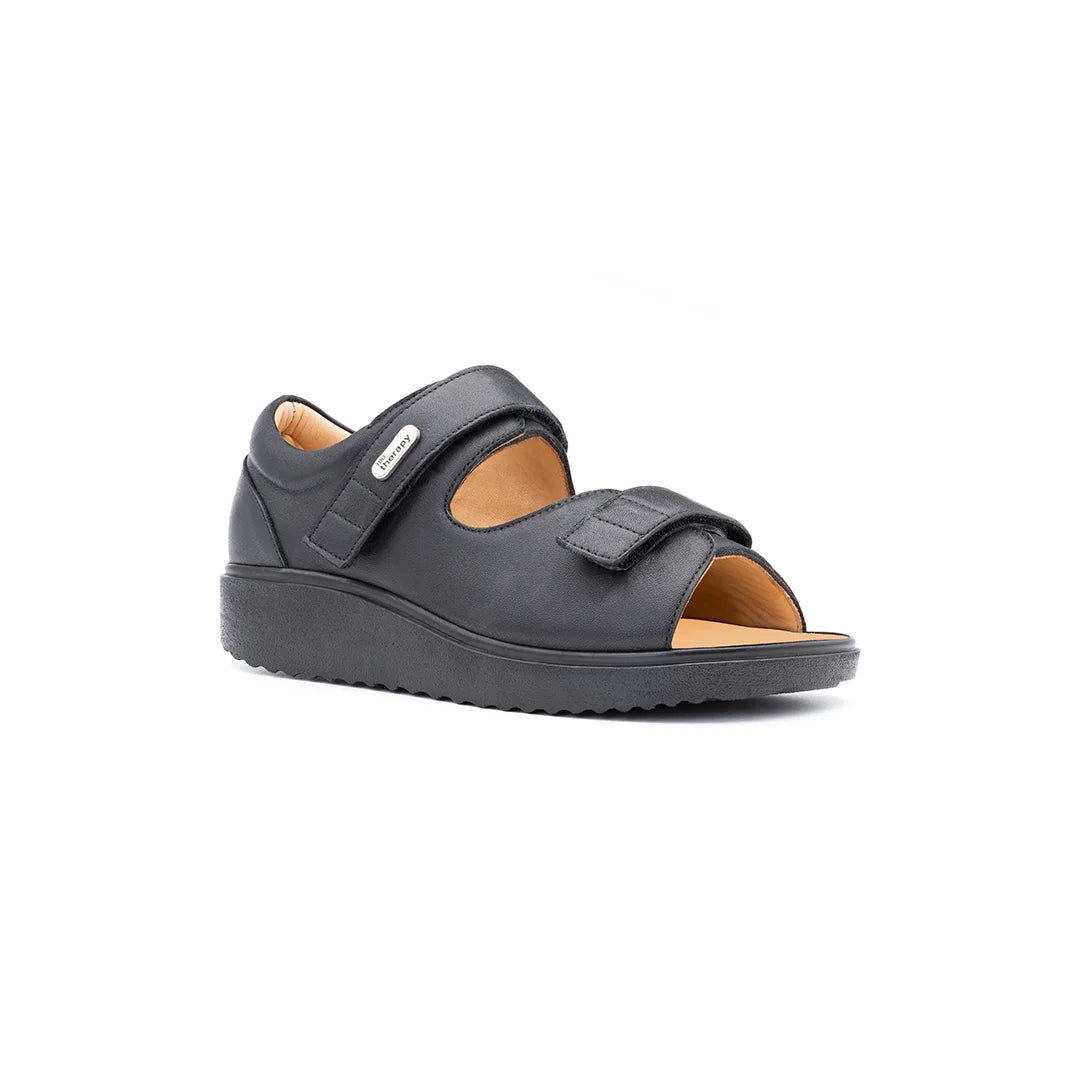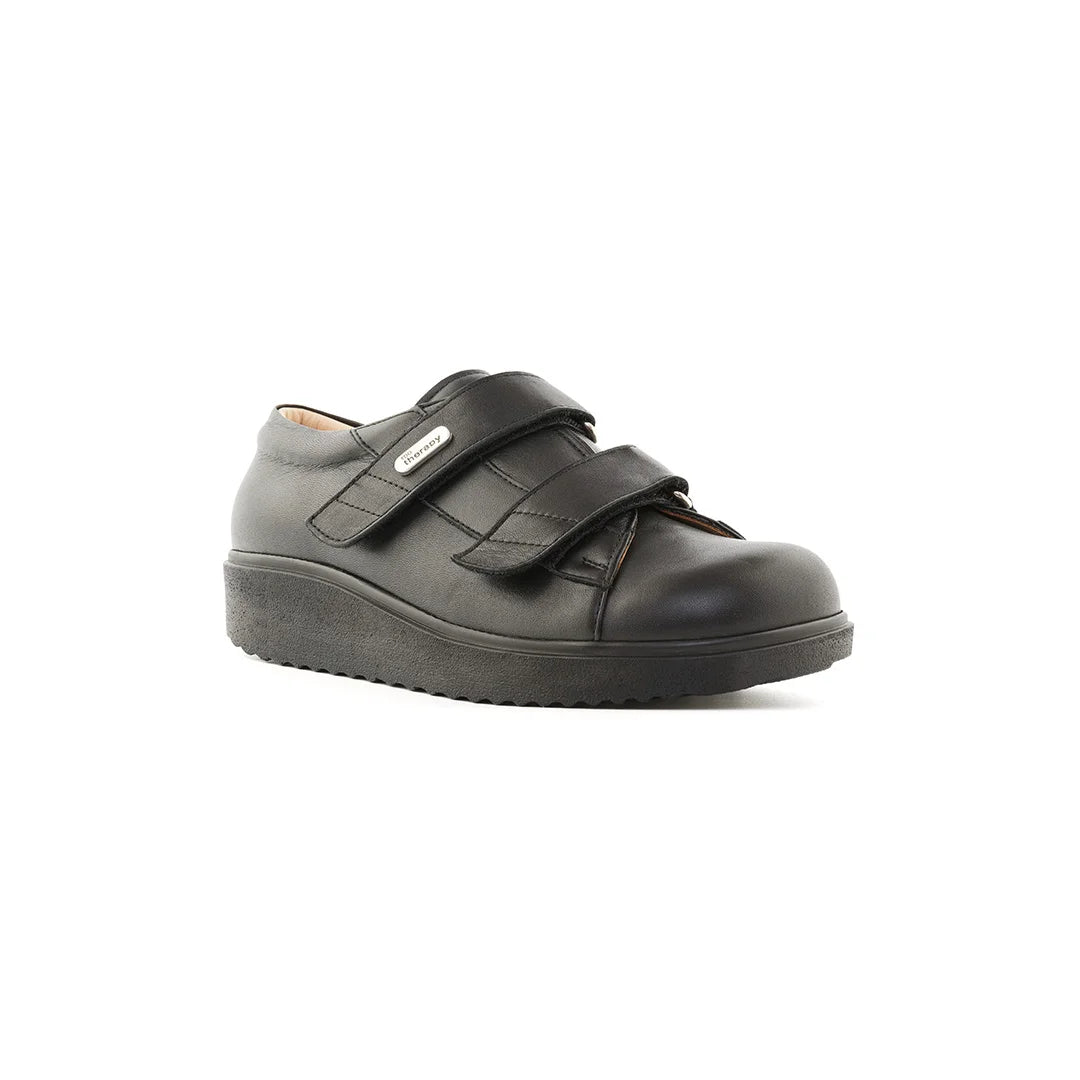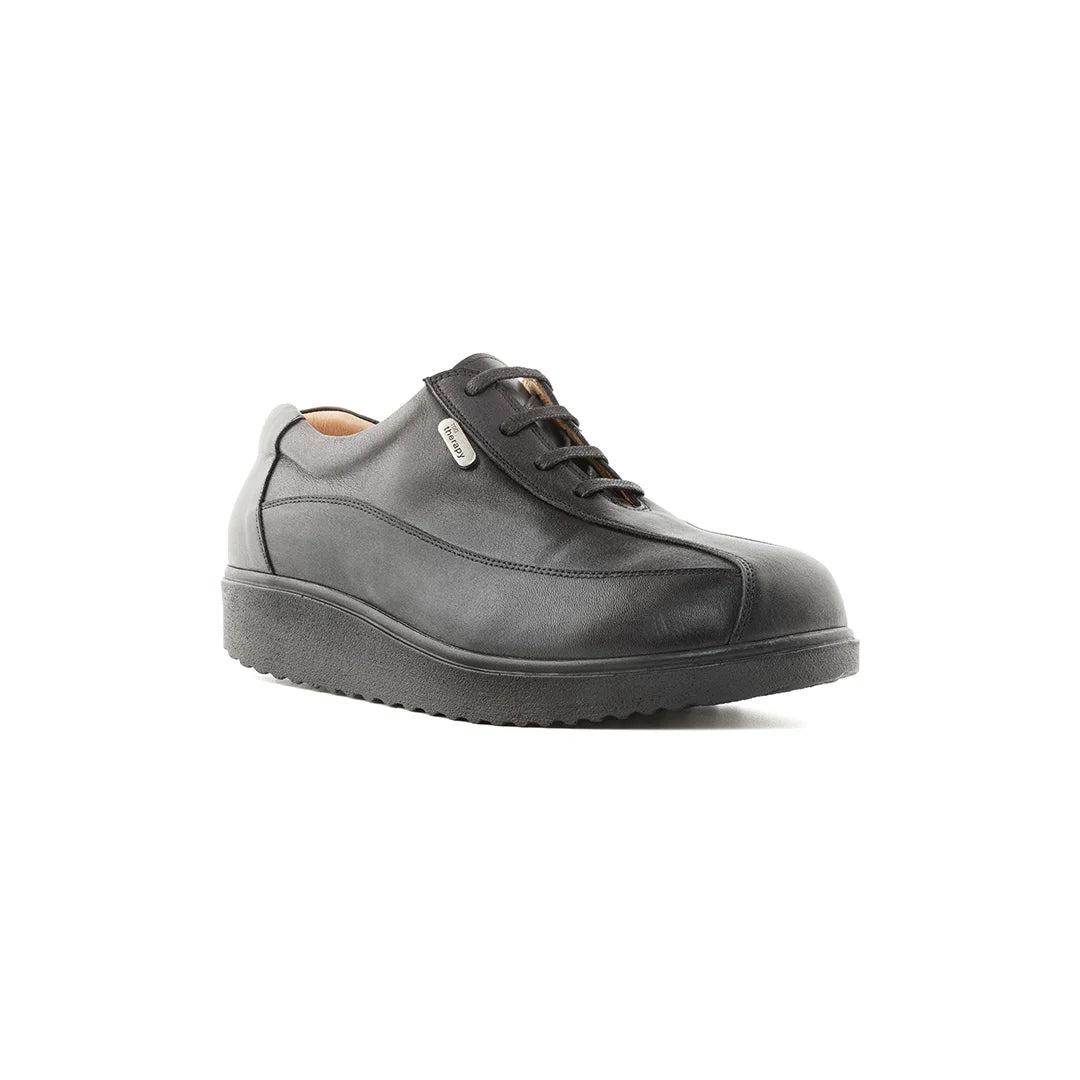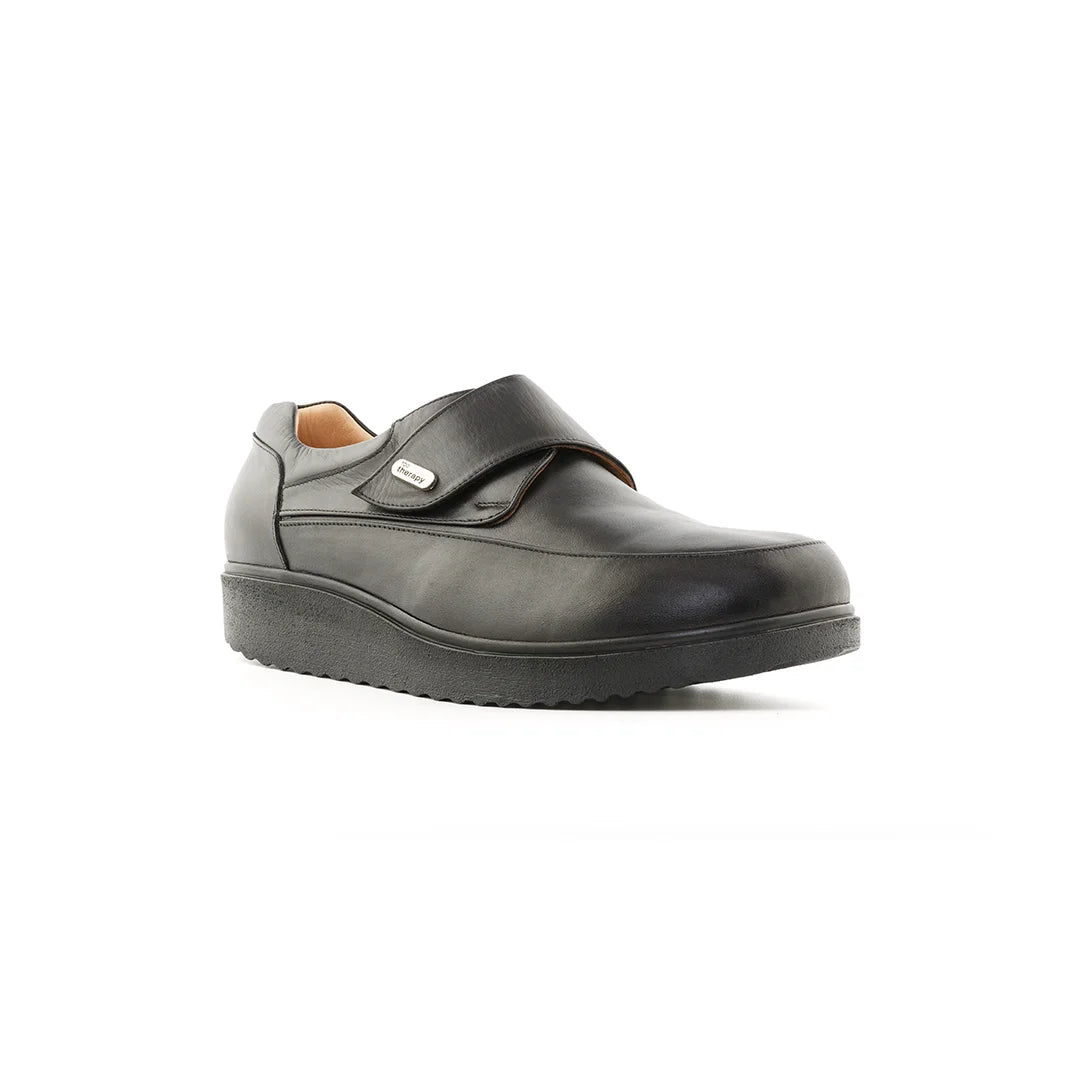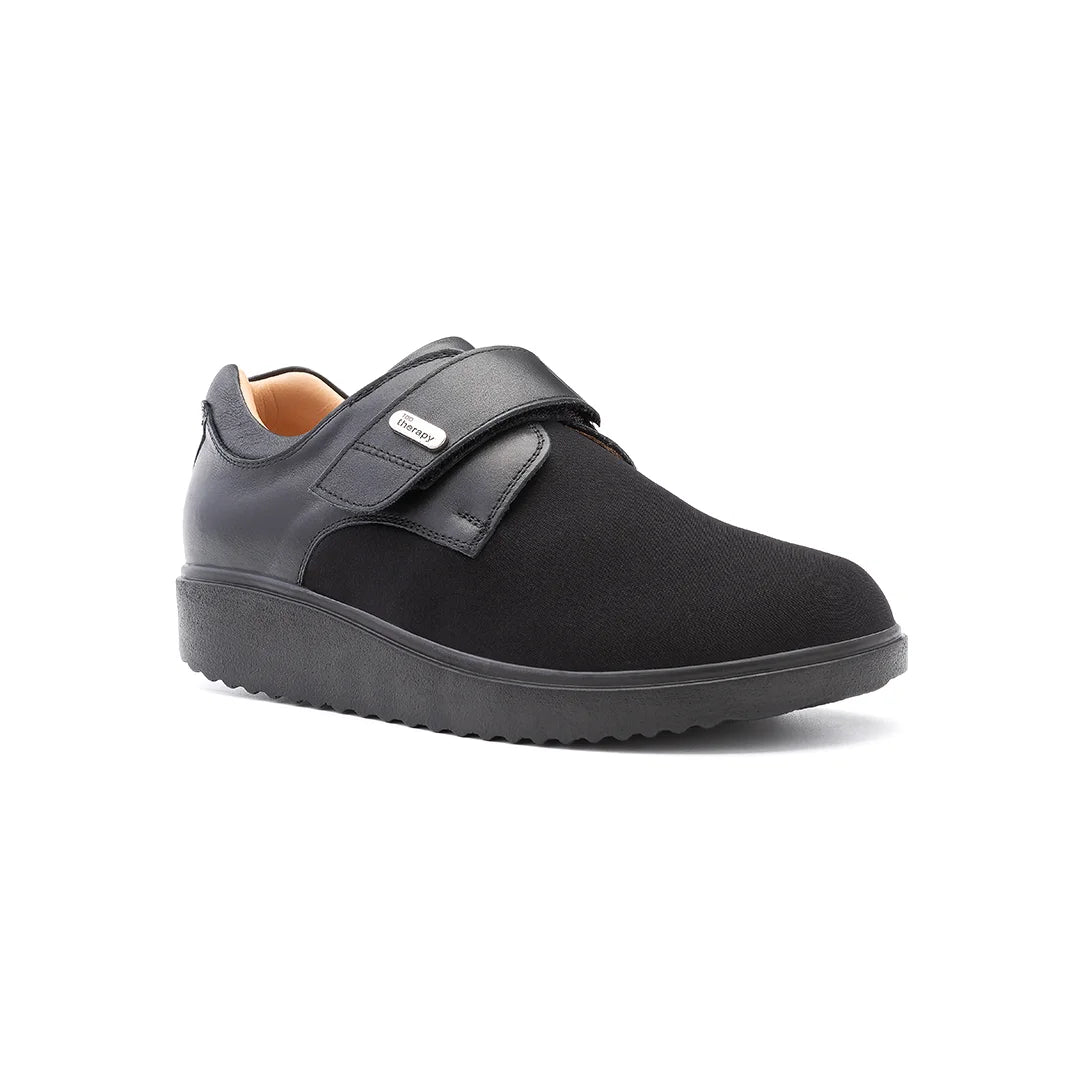If you’ve ever felt a sharp pain in your heel when you get out of bed or after sitting for a while, you might be dealing with plantar fasciitis. It’s one of the most common foot problems around, and it can make every step feel like walking on nails. Choosing the right orthopaedic shoes can genuinely change your day-to-day life. That’s why we’ve put together this guide — to help you understand plantar fasciitis and how TDO Therapy shoes can bring much-needed relief.
Key Takeaways
-
Plantar fasciitis pain is often caused by strain on the plantar fascia ligament.
-
Supportive, cushioned shoes with rocker soles can relieve pressure on the heel and arch.
-
Orthopaedic shoes should support your foot’s natural shape and gait.
-
TDO Therapy’s rocker-bottom designs, like the 606-W, are made specifically to aid conditions like plantar fasciitis.
-
Taking care of your orthopaedic shoes extends their life and keeps the pain away longer.
Understanding Plantar Fasciitis
What Is Plantar Fasciitis?
Plantar fasciitis is inflammation of the thick band of tissue that runs across the bottom of your foot — the plantar fascia. It connects your heel bone to your toes and acts like a shock absorber. But sometimes, especially with overuse or the wrong footwear, it can become irritated or torn, leading to pain (usually around the heel or arch).
Common Causes of Plantar Fasciitis
-
Flat feet or very high arches
-
Standing or walking for long periods on hard surfaces
-
Wearing unsupportive shoes (yes, even your favourite flip-flops)
-
Excess weight or sudden increase in physical activity
-
Tight calf muscles or Achilles tendons
Plantar fasciitis is frustrating, but the right footwear can reduce the stress on your fascia and get you back on your feet — comfortably.
How Plantar Fasciitis Affects Shoe Choices
If you have plantar fasciitis, slipping on just any pair of shoes won’t do. Standard footwear doesn’t offer the structure or shock absorption you need. Here’s what happens when the shoes aren’t right:
-
Heel and arch pain worsen, especially first thing in the morning.
-
Pressure builds up, particularly if the heel isn’t supported.
-
Inflammation increases, making recovery even slower.
That’s where specialist orthopaedic shoes — like TDO Therapy’s — can be a real game-changer.
Key Features of Orthopaedic Shoes for Plantar Fasciitis
To support the plantar fascia and reduce strain, your shoes need to do more than look good. They need to work with your foot mechanics. Let’s break it down:
Rocker Bottom Soles: Your Best Friend
A well-designed rocker sole helps you roll through your step rather than put pressure on the heel with every stride. This reduces the impact and gives your foot a smoother ride. TDO Therapy’s 606-W model features a medical-grade rocker bottom, designed to absorb shock and reduce pressure where it hurts the most.
Contoured Arch Support
A flat shoe won’t cut it. You need a shoe that hugs your arch and keeps your foot aligned properly. Good arch support helps distribute weight evenly and eases tension on the plantar fascia.
Deep Heel Cup and Secure Fit
A deep heel cup cushions the heel and prevents excessive motion, which helps with both pain relief and stability. TDO shoes are handcrafted with natural calf leather uppers and secure fastening systems to give you structure and softness at the same time.
Choosing the Right Orthopaedic Shoes
For Men
-
Look for width options to prevent crowding the toes.
-
Choose a sturdy heel counter to stop unnecessary movement.
-
Pick shoes with rocker soles, especially if you're on your feet a lot.
TDO Therapy offers wider and extra-depth options for men, which are especially helpful when foot pain leads to swelling or instability.
For Women
-
Avoid narrow or high-heeled shoes, no matter how tempting they look.
-
Choose a rounded toe box and firm sole to relieve forefoot pressure.
-
Look for adjustable styles that let you adapt the fit throughout the day.
TDO shoes are designed with medical functionality first — but that doesn’t mean style gets left behind. Many women appreciate the discreet, classic design of models like the 606-W or Vera.
Benefits of Wearing the Right Shoes for Plantar Fasciitis
Pain Relief, Finally
Orthopaedic shoes help take the load off your fascia. With the right cushioning and arch support, most people feel a noticeable improvement in comfort — often within days of switching shoes.
Better Posture and Mobility
Your feet are the foundation of your body. With less pain, you’ll walk better, stand longer, and feel more balanced overall. Rocker soles, in particular, help create a smoother gait and reduce stress on your knees and hips.
Preventing Further Damage
Letting plantar fasciitis go untreated can lead to more serious issues like heel spurs or chronic pain. Proper footwear is one of the easiest and most effective ways to keep things from getting worse.
Caring for Your Orthopaedic Shoes
Daily Maintenance Tips
-
Wipe them clean with a damp cloth after use.
-
Air-dry thoroughly to avoid damaging the materials.
-
Use a shoehorn and shoe trees to maintain shape and structure.
Make Them Last
-
Rotate between pairs if you wear them daily.
-
Store in a cool, dry place, away from heat or damp.
-
Replace when the support wears out — usually after 12–18 months with regular use.
When to Replace Your Shoes
Keep an eye out for:
-
Flattened cushioning or compressed soles
-
Visible wear on the outsole, especially at the heel
-
New pain returning, even if the shoes look fine
TDO Therapy’s footwear is built to last, but even the best shoes need an upgrade eventually.
Addressing Related Foot Conditions
Flat Feet or Fallen Arches
If you have flat feet, you’re more prone to plantar fasciitis. TDO Therapy offers models with reinforced arch support and stable bases to keep your foot aligned.
Heel Spurs
Pain at the heel could also point to a bony growth known as a heel spur. Shoes with rocker soles and deep cushioning, like the 606-W, help reduce the pressure that leads to this condition.
Standing All Day? You Need Support
If you’re in a job that keeps you upright all day, you’ll need something more than generic insoles. Orthopaedic footwear from TDO provides medical-grade support and comfort, even under pressure.
Conclusion
Plantar fasciitis is no joke — but with the right orthopaedic shoes, it’s manageable. TDO Therapy’s rocker bottom designs are built with comfort, support, and clinical effectiveness in mind. Whether you're dealing with heel pain, tight arches, or just tired feet, giving your feet the care they need starts with better footwear. Don’t settle for less. Your feet deserve the best — and they’ll thank you every step of the way.
Frequently Asked Questions
What is the main cause of plantar fasciitis?
Overuse, flat feet, poor footwear, or tight calf muscles can all contribute. It’s often caused by strain on the plantar fascia ligament.
Are rocker soles good for plantar fasciitis?
Yes! Rocker soles like those in TDO Therapy’s 606-W model reduce heel impact and help your foot roll through each step.
What makes TDO Therapy shoes different?
TDO shoes are medical-grade, handcrafted from natural leather, and built on specialist orthopaedic lasts. They combine rocker soles, depth, and width options — ideal for conditions like plantar fasciitis.
Can I wear orthopaedic shoes all day?
Absolutely. TDO shoes are designed for all-day comfort and support, even for people who stand or walk a lot.
How do I know if my shoes are helping my plantar fasciitis?
If pain starts to ease after a few days of wearing them, especially in the morning, that’s a good sign your shoes are supporting the fascia properly.



